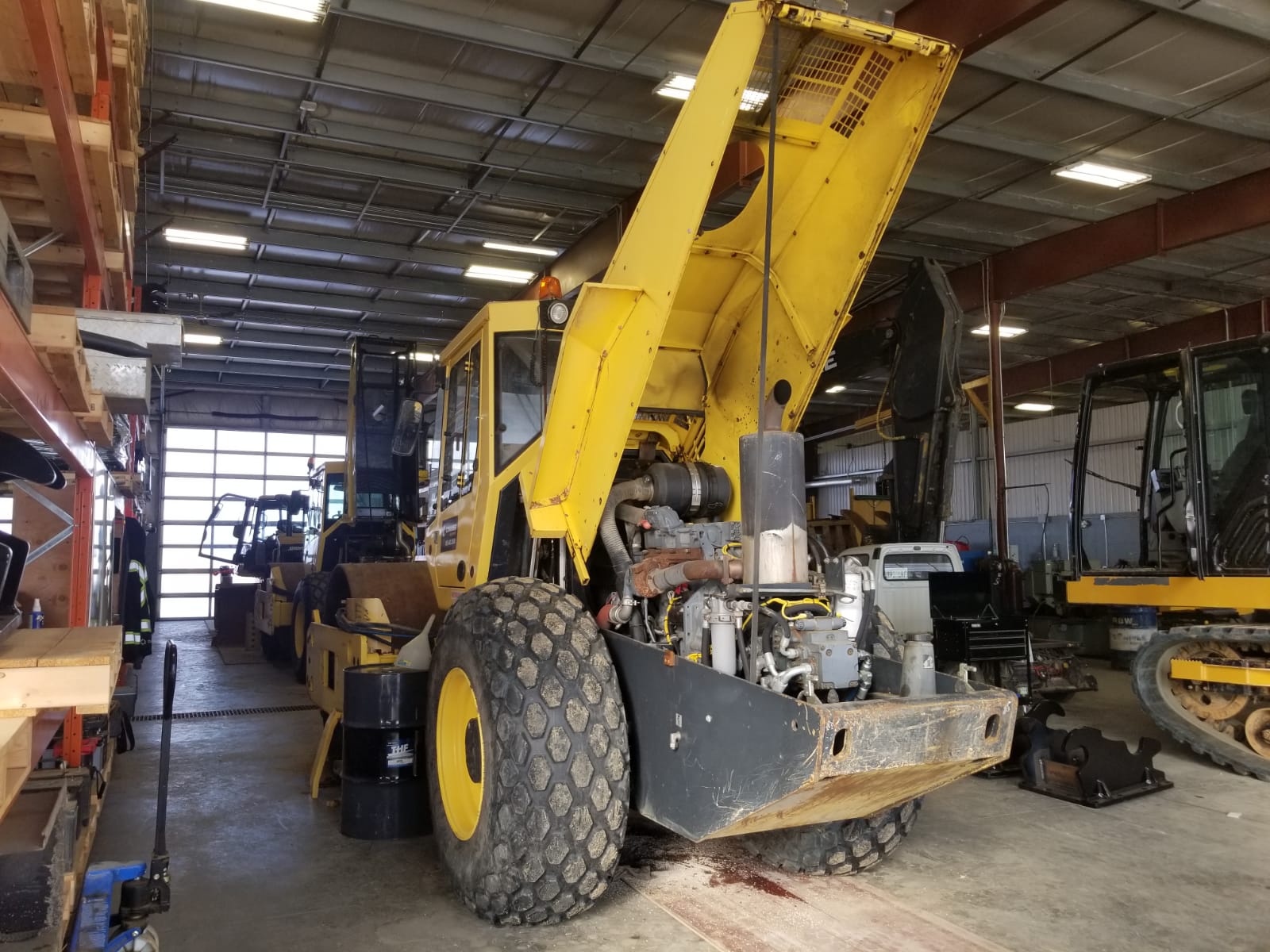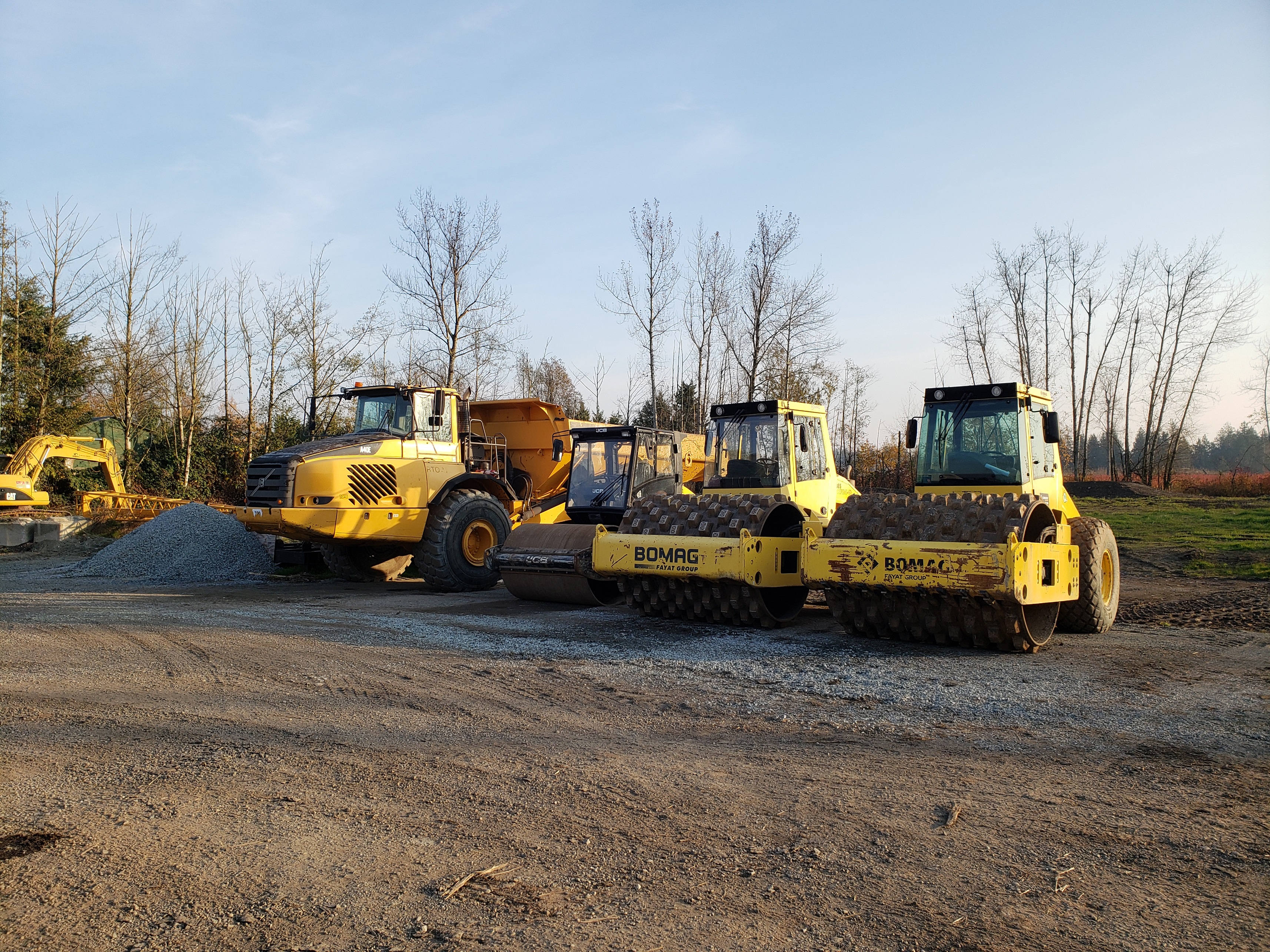Equipment decisions always affect the bottom line at some point. The following are a few key tips that can help you in the process of making a decision that aligns with your long-term equipment management strategy and will contribute to growth, profitability and sustainability.
Start with the Facts
The fleet manager should start by collecting the make, model, year and book value for each piece of equipment, as well as aggregate numbers for pieces of equipment in different categories. For example, how many dozers, excavators and compactors does the company own and which have value-added capabilities? This will establish some solid benchmarks to help you in the decision-making process.
Critical Considerations
It is essential to evaluate the following considerations:
Is the equipment an essential part of the fleet? Is the equipment the right type or model needed for your current and upcoming work? Would another model be more suitable or less costly to operate? Companies sometimes keep equipment that is not being used. The misconception is that if the equipment is fully depreciated, it doesn't cost anything. However, there is always a cost to keeping equipment around, especially if it has trade-in value that could be used to update the fleet.
What is the availability of company-owned or rental equipment to replace the equipment, short- and long-term? Is it important to get the piece of equipment up and running? When is the equipment needed regularly? How long will it take to repair or replace it? Will revenue be lost while it is out of commission, and if so, how much over what period of time? The industry has seen a large increase in rentals of late, as business owners are more hesitant to invest. Rental demand has even led to a lack of availability for rental equipment at times.

What is the scope of the repair cost compared to the potential life of the equipment? Based on utilization, is the cost to repair the equipment recoverable before the end of its useful life? Will the repair improve the equipment enough to increase productivity or reduce future costs? If so, what are the lengths of time and dollar amounts involved?
What are the costs and benefits involved in replacing the equipment? How much will it cost to purchase new or used equipment to serve the same or additional purposes? Will upgraded equipment, either through repair or replacement, lower the costs of fuel, maintenance, and other expenses? Understanding the cost and benefits is essential to making the right decision. Companies should ultimately focus on what is going to improve productivity.
What are the additional factors to consider regarding the costs and benefits of acquiring new equipment or replacing existing equipment?
These could include:
• Will equipment replacement help the company perform more work, or save time and increase other efficiencies? Will replacement bring in new revenue, and if so, how much?
• What is the current market value of the equipment? The used-equipment market is strong now due to lack of purchases in recent years. The equipment may be worth more than you think.
• What is the expectation of future downtime and repairs? Necessary repairs generally increase as equipment gets older.
By taking a strategic and proactive approach, companies can reduce the headaches and financial impact involved in making equipment decisions.

